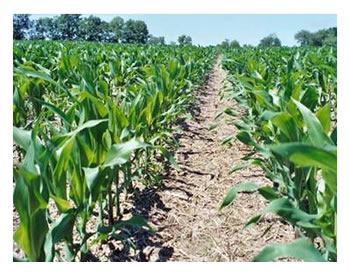Phosphorus is a nutrient that is used ubiquitously in fertilizers. It has an amazing ability to improve crop yields. Much of the Green Revolution, which is credited with having saved hundreds of thousands of people from starvation, utilized it and nitrogen extensively to boost agricultural production.
But where does phosphorus come from? It is not created in a lab, and it's not a renewable resource. In fact, we mine for it. The most productive mine in the US is located in Florida, and it is growing depleted. The other concentrations of phosphorus are found in the Middle East, China, and South Africa.
The price of phosphorus reflects its increasing shortage: according to Foreign Policy, phosphate fertilizer rose 350% between 2003 and 2008. It has become much more expensive to continue increasing crop yields through phosphorus.
However, in recent years an increasing focus on conservation agriculture and more efficient fertilizer application processes have provided food producers with ways to continue maintaining high crop yields even as phosphate fertilizer costs rise and supply decreases. Phosphorus can be used over and over again (it's not destroyed after one use), and most methods focus on keeping the fertilizer in the soil. These are long-term conservation agriculture solutions that maintain soil health. Low-tech solutions include methods of reducing soil erosion (cover crops, no-till farming) and high-tech solutions like using computers to more accurately measure the amount of fertilizer soil needs and the creation of more phosphorus-efficient crops.
If you are interested in how you can improve your soil's health and your farm's efficiency through conservation agriculture, contact Indiana's widely-recognized Conservation Cropping Systems Initiative.
Subscribe to:
Post Comments (Atom)


No comments:
Post a Comment